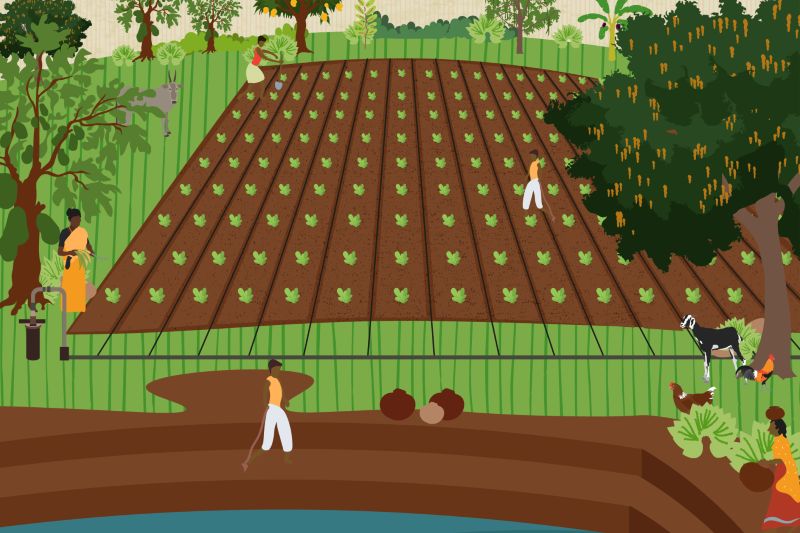Excerpt By Veena Srinivasan, 17th June 2021
Why we need digital tools for rural water security
Rural water security is a problem in India.
India is one of the most water-stressed countries in the world. Although agriculture contributes only 15% of GDP, it is a crucial sector because over half of India’s population is dependent on agriculture and allied activities. Because much of India is semi-arid, agricultural productivity and farmer incomes are highly dependent on access to irrigation. Irrigated farmer incomes can be anywhere from 3–10 times that of rainfed farmer income. In terms of water usage, agriculture constitutes over 80% of the total water use.
Of the 160 million hectares of India’s arable land, 54% is rain-fed. Of the irrigated area, an estimated 70–80% is groundwater-based. Over the last 15 years, excessive groundwater extraction has resulted in a decline in water levels in wells in India. This has reduced water availability for some farmers and/or made it expensive to get and use water.
As rainfall becomes more variable and temperatures rise, groundwater depletion has reduced farmers’ buffers against climate variability. Off-season rainfall, dry spells, groundwater depletion and numerous other uncertainties have adversely affected the water security of Indian agriculture.
Building structures alone won’t help. We need rural water security plans to consider water budgets.
Even though half of India’s farmers have no access to irrigation, groundwater is already overexploited. Dam building has slowed, and despite considerable investment, canal irrigated area in India has not increased.
Since the 1990s, soil and water conservation measures have been the lynchpin of rural development. These involve boosting recharge through rainwater harvesting structures such as small check dams or farm ponds. The problem is that, this approach by design increases total water use. However, in many watersheds, all available water is already being used. So increasing water for some farmers, only results in leaving less for others because water is drawn from the same common pool. This is referred to as a zero-sum game.


